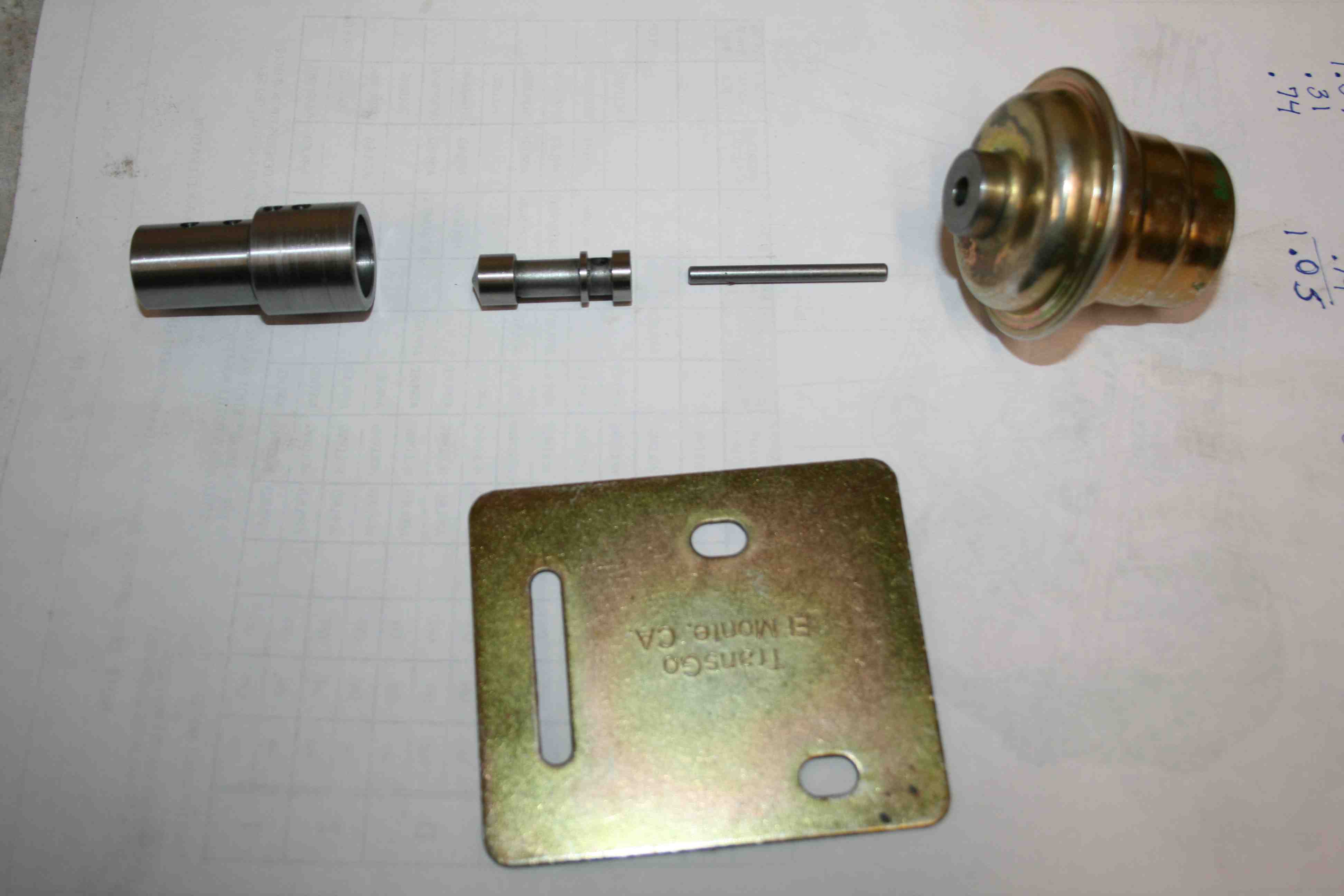A bad vacuum modulator may cause transmission issues and affect the overall performance of your vehicle. If the vacuum modulator goes bad, your car may experience transmission fluid leaks, delayed shifting, and engine stalling.
Your car’s transmission is responsible for transferring power from the engine to the wheels. The vacuum modulator is a crucial component that helps regulate the shifting of gears. When the vacuum modulator goes bad, it can cause severe issues with your car’s transmission system.
It can cause your gears to stick or slip, leading to a jerky ride. Plus, it can also put added strain on your engine and lead to costly repairs. In this article, we will discuss in detail some of the common signs that indicate a bad vacuum modulator and how to diagnose and fix these issues.

Credit: ls1tech.com
The Vacuum Modulator System
The vacuum modulator system is an important component of automatic transmissions. It works by regulating the pressure inside the transmission to ensure smooth shifting. The vacuum modulator is responsible for controlling the throttle valve and the shift timing, depending on the engine load.
If the vacuum modulator goes bad, it can cause a range of issues including hard shifting, slipping gears, and transmission fluid leaks. You can also look out for other signs such as a rough idle or engine stalling. When this system fails, it is best to get it checked by a qualified mechanic to avoid further damage to your vehicle.
Understanding the vacuum modulator system and its functions can help you maintain your car’s transmission and prevent costly repairs.
Symptoms Of A Bad Vacuum Modulator
A vacuum modulator is an essential part of your vehicle’s transmission system. It works by controlling the pressure and timing of the shifting process. When it goes bad, you may experience a range of problems. Shifting problems may include slipping, hard or delayed shifting.
Engine issues like rough idle, poor acceleration or stalling can also occur. Differential and drivetrain challenges are likely to manifest as noisy differential or vibration. Other common issues to look for are fluid leaks or an illuminated check engine light.
Even though a vacuum modulator is a small component, when it fails, it can cause major issues. It’s crucial to understand the symptoms of a bad vacuum modulator and get it checked as soon as possible to avoid further damage.
Remember, regular vehicle maintenance is key to preventing unexpected repairs and unwanted expenses.
symptoms of a bad transmission vacuum modulator | electrical | Shree Aurobindu
Causes Of A Bad Vacuum Modulator
A vacuum modulator regulates the transmission fluid pressure, altering the transmission shift points as required. The modulator’s diaphragm losing elasticity over time is a typical cause of failure. A bad vacuum modulator may result from long-term typical wear and tear, excessive heat or cold exposure, and contamination.
The fabric may expand or shrink due to such environmental changes, causing the modification settings to be off. The vacuum modulator’s performance can also be influenced by the quality of the transmission fluid, so ensure you replace the fluid when changing the modulator.
Over-tightening or incorrect installation of the vacuum modulator can also cause it to fail. If the transmission’s shift points abruptly change, or the transmission shifts too soon or too late, it’s a strong signal that you need to replace the vacuum modulator.
Repairing A Bad Vacuum Modulator
A bad vacuum modulator can cause various problems with a vehicle’s transmission. To diagnose a bad vacuum modulator, check for transmission fluid leaks, rough gear shifting, and unusual engine noise. Replacing a bad vacuum modulator involves disconnecting vacuum lines and removing the old modulator before installing a new one.
To prevent vacuum modulator failure, ensure regular transmission fluid changes, maintain the engine’s vacuum system, and avoid shifting gears too abruptly. The cost of repairing a vacuum modulator can vary depending on the make and model of the vehicle, with the modulator itself costing anywhere from $50 to $200.
Proactively addressing vacuum modulator issues can prevent costly transmission repairs in the future.
Frequently Asked Questions On What Happens When A Vacuum Modulator Goes Bad
What Is A Vacuum Modulator And What Does It Do?
A vacuum modulator is a device that helps control the shifting of the transmission in an automatic vehicle.
How Can I Tell If My Vacuum Modulator Has Gone Bad?
If you experience slipping gears, delayed shifting, or decreased power, your vacuum modulator could be faulty.
Conclusion
Now that you understand what happens when a vacuum modulator goes bad, it’s important to address the issue in a timely fashion. Recognizing the symptoms, like jerking or delayed shifting, can save you time and money in the long run.
Regular maintenance and inspections can prevent a vacuum modulator from failing prematurely, ultimately saving you the hassle of a malfunctioning transmission. If you suspect your vacuum modulator is faulty, have it checked by a mechanic to prevent further damage to your vehicle.
Replacing a vacuum modulator is a relatively inexpensive repair, so don’t wait until it’s too late. By taking care of your vehicle’s transmission and addressing issues as they arise, you can ensure your car runs smoothly and safely for years to come.
